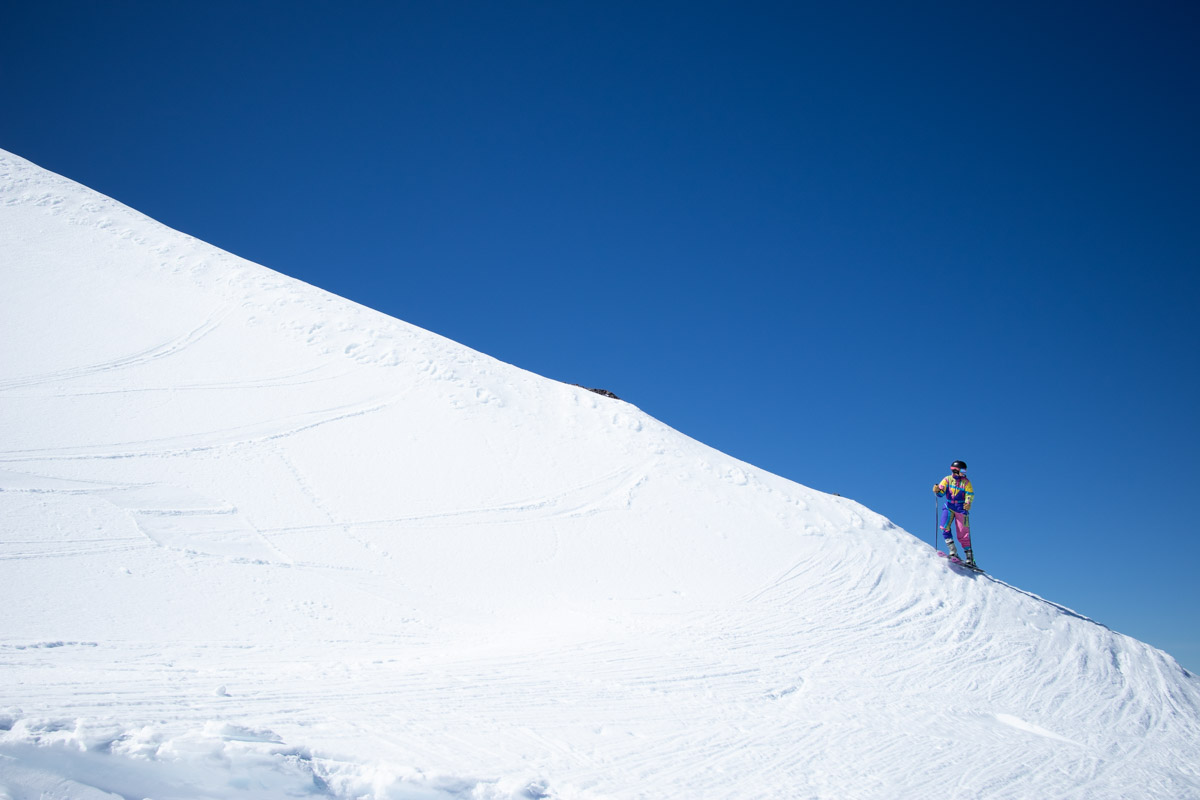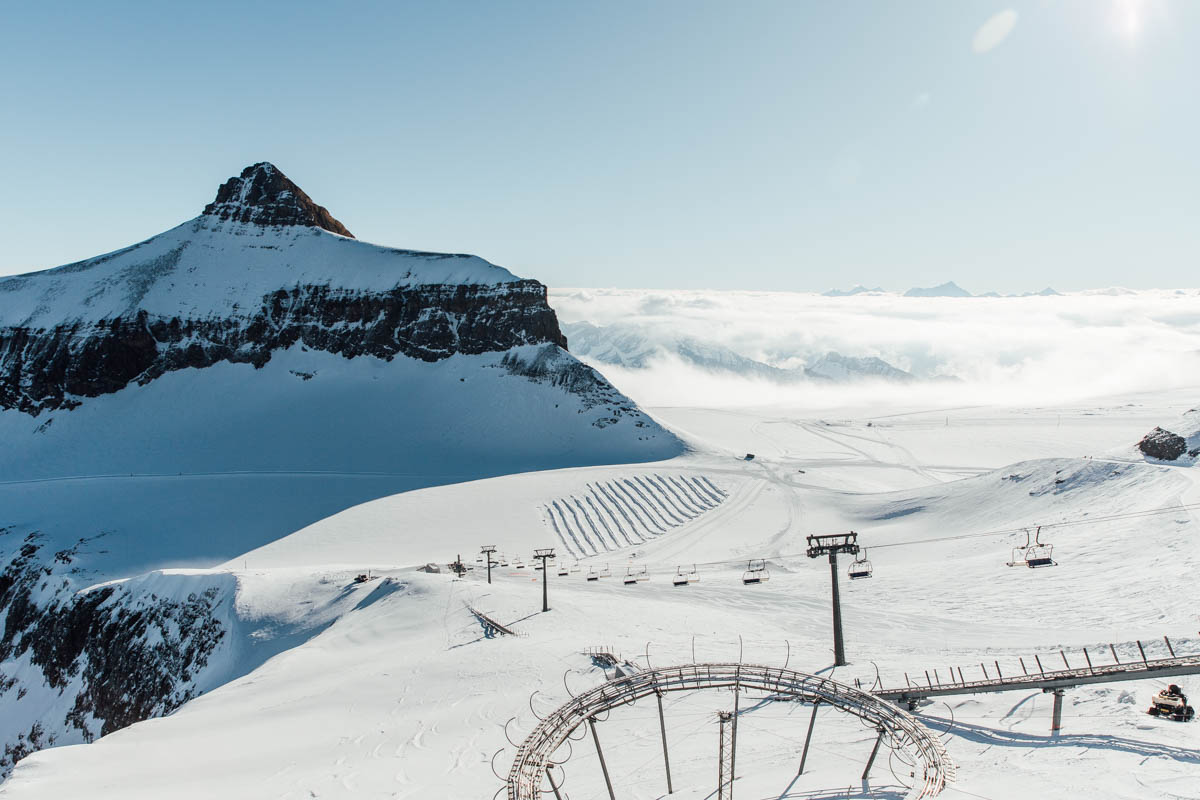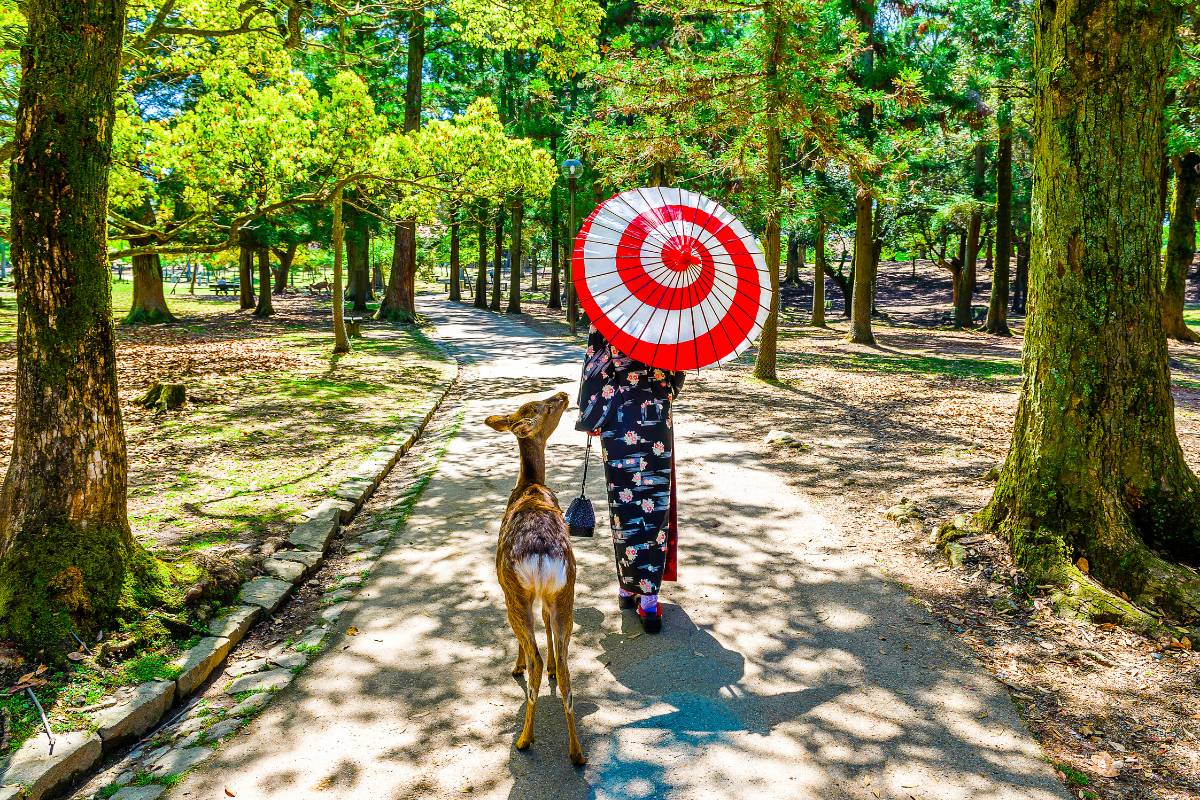Not sure what to wear when snowshoeing? This guide will take you through everything you need for your next epic winter adventure!

Snowshoeing has got to be one of the most amazing ways to traverse snowy terrain. I’ll never forget the first time I went snowshoeing. It was -25°C in Lapland, Finland, and we went out in the middle of the night in search of the Northern Lights.
We didn’t manage to spot any fluorescent waves dancing across the sky. However, I still had the most incredible time snowshoeing across the vast snowy landscapes.
If you want to enjoy your next snowshoeing adventure, it is essential to be properly equipped so you can stay warm, comfortable and safe. This article will take you through exactly what to wear when snowshoeing!
What to Wear Snowshoeing
Snowshoes
The most important piece of equipment you need for snow-hiking equipment is snowshoes. These are some of the best snowshoes women can buy. They transform regular snow boots into shoes suitable for hiking in the snow.
The attachments fit securely to the bottoms of snow boots, distributing weight over a larger surface area to prevent sinking into deep snow. They feature metal spikes for gripping on icy surfaces and a user-friendly design for easy transition between indoor and outdoor environments.
Waterproof Boots
Make sure you have waterproof, insulated boots with good traction. They should provide ankle support and fit comfortably with your socks and insoles.
Poles
Adjustable trekking poles will provide extra stability and balance. This reduces the strain on your knees and legs as you navigate uneven terrains, steep ascents, and descents.
Base Layer
Layering is key when dressing for snowshoeing. Start with a moisture-wicking base layer to keep sweat away from your skin. Merino wool or synthetic materials work well for this purpose. Avoid cotton, as it tends to retain moisture and can make you feel cold.
Mid Layer
On top of your base layer, add an insulating mid-layer to trap warmth. A fleece or down jacket is an excellent choice. Make sure it’s breathable and allows for easy movement.
Outer Layer
Your outer layer should be waterproof and windproof. A high-quality, insulated winter jacket with a durable shell will protect you from the elements. Look for features like a hood and adjustable cuffs to keep the snow and cold out.
Snow Pants
Opt for waterproof and insulated snow pants or snow bibs to keep your lower half warm and dry. These should also allow for easy movement and ventilation to prevent overheating.
Thermal Socks
Wear thermal or wool socks to keep your feet warm and comfortable. Don’t forget moisture-wicking liner socks to prevent blisters.
Gaiters
Gaiters are essential to keep snow out of your boots and pants. They’re especially useful in deep snow or wet conditions.
Gloves or Mittens
Choose waterproof and insulated gloves or mittens to protect your hands from the cold. Ensure they’re designed for dexterity so you can easily adjust your snowshoes and poles.
Headwear
A warm, moisture-wicking hat that covers your ears is crucial. Don’t forget to wear sunglasses or goggles to protect your eyes from snow glare and wind.
Neck Gaiter or Buff
A neck gaiter or buff can be pulled up to cover your face if it gets really chilly, and it’s versatile for various weather conditions.
Backpack
Carry a small backpack to store extra layers, snacks, water, a map, a first-aid kit, and any other essentials you may need during your snowshoeing adventure.

Remember, staying warm, dry, and comfortable is key to enjoying the magic of snow-covered landscapes. So, bundle up, grab your snowshoes, and hit the trails for an epic snowshoeing adventure!




